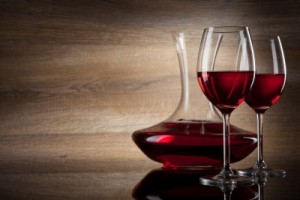 Welcome to the first post of “Wine, Wit, and Wisdom,” the Official Blog of the Society of Wine Educators.
Welcome to the first post of “Wine, Wit, and Wisdom,” the Official Blog of the Society of Wine Educators.
We hope to be your source for the latest news and events in the world of wine and spirits. We hope to be able to educate you a bit along the way as well!
Stay tuned as we build our new site…and if you’d like to submit an event, post a job opening, or flex your writing skills as a guest blogger, contact us at bevspecialist@societyofwineeducators.org anytime.
Cheers!
All photo credits on wine, wit, and wisdom unless otherwise noted:123RFstockphoto.com